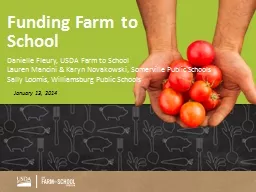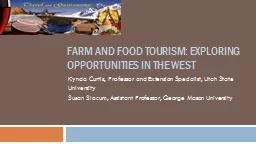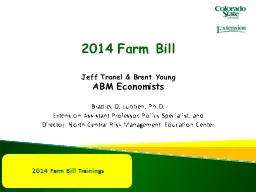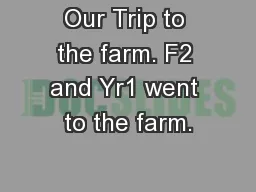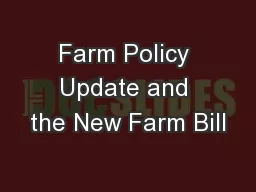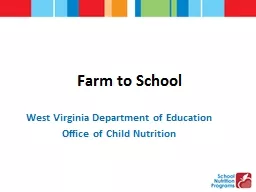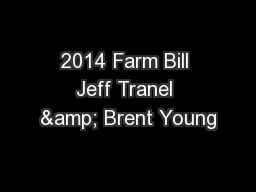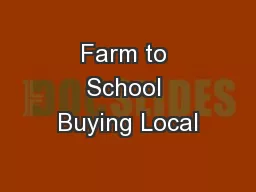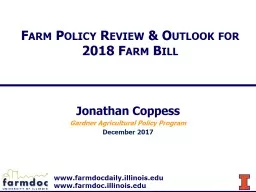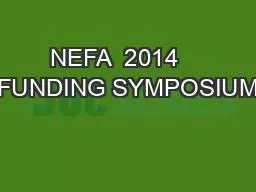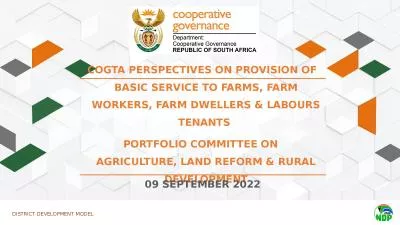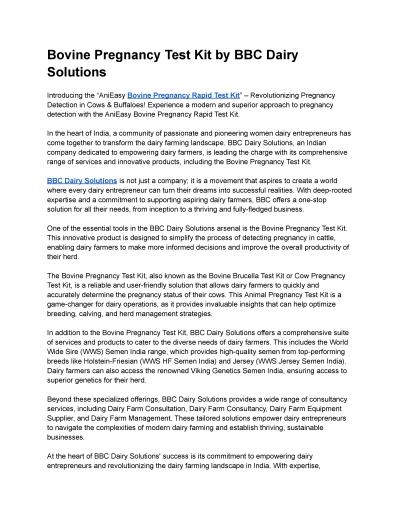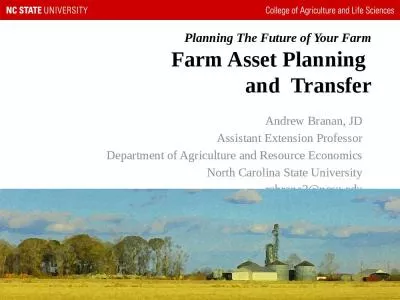PPT-Funding Farm to School January 13, 2014
Author : enkanaum | Published Date : 2020-08-26
Danielle Fleury USDA Farm to School Lauren Mancini amp Karyn Novakowski Somerville Public Schools Sally Loomis Williamsburg Public Schools Overview Federal funding
Presentation Embed Code
Download Presentation
Download Presentation The PPT/PDF document "Funding Farm to School January 13, 2014" is the property of its rightful owner. Permission is granted to download and print the materials on this website for personal, non-commercial use only, and to display it on your personal computer provided you do not modify the materials and that you retain all copyright notices contained in the materials. By downloading content from our website, you accept the terms of this agreement.
Funding Farm to School January 13, 2014: Transcript
Download Rules Of Document
"Funding Farm to School January 13, 2014"The content belongs to its owner. You may download and print it for personal use, without modification, and keep all copyright notices. By downloading, you agree to these terms.
Related Documents

